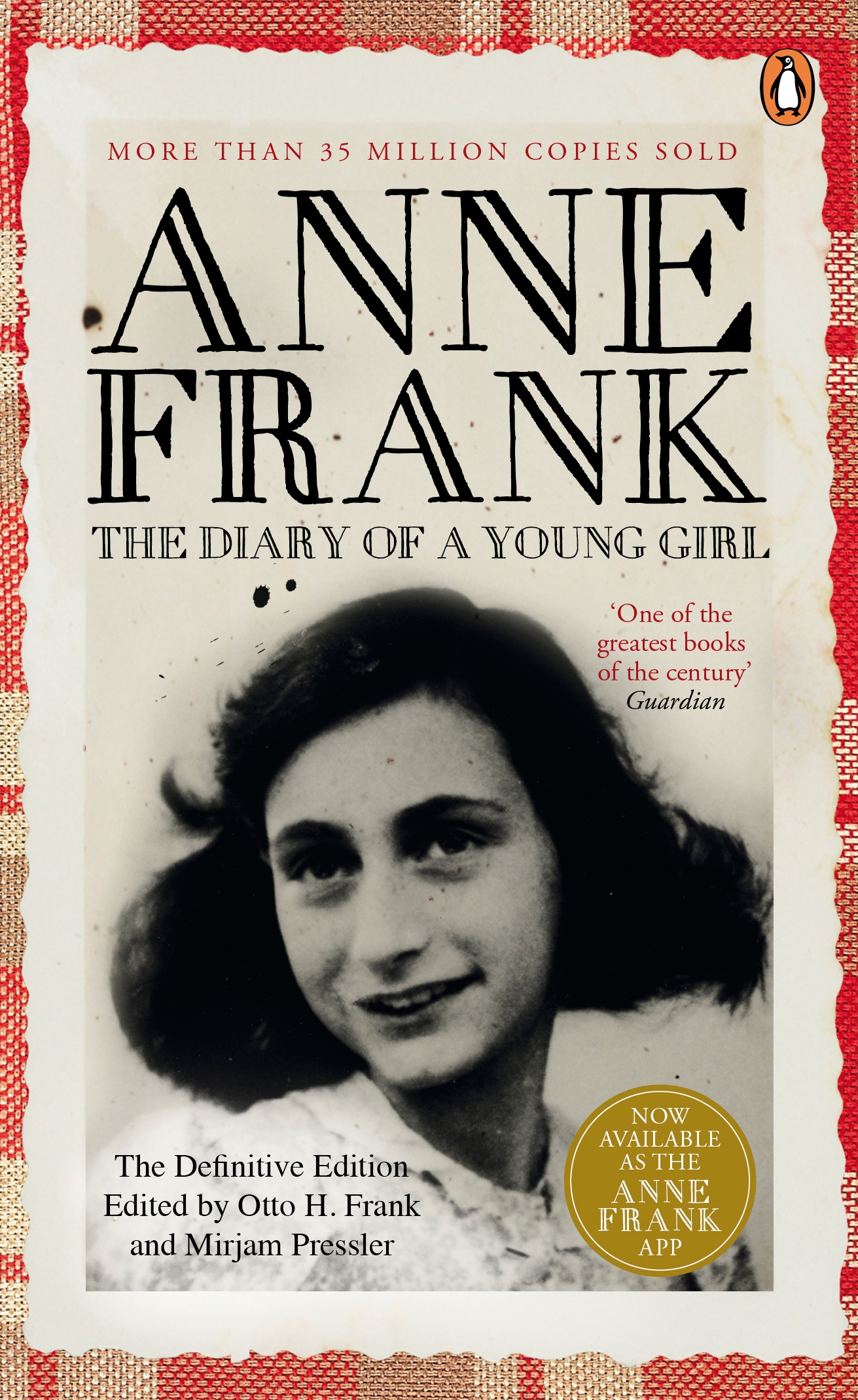
BOOK TITLE: DIARY OF A YOUNG GIRL | AUTHOR: ANNE FRANK | GENRE: NON-FICTION | WINGED RATING: 4 / 5
Anne Frank kept a journal strictly for herself from 1942 until one day in 1944, Gerrit Bolkestein, a member of the Dutch Government in exile announced in a radio broadcast from London that after the war he hoped to collect eyewitness evidence of the Dutch people under German occupation, which could be made available to the public. She then went to rewrite, edit/omit/add passages in her diary to improve the text. The last entry in Anne’s diary is dated 1 August 1944, since, on 4th August 1944, all the eight people hiding in the Secret Annex were arrested. Miep Gies and Bep Voskuijl, the two secretaries working in the building found her diary scattered all over the floor. Miep tucked it away in a desk for safeguarding. When it became clear after the war that Anne was dead, she gave the diary unread to Otto Frank, Anne’s father and the only surviving member of the family. After a lot of deliberation, Otto Frank decided to fulfill his daughter’s wish and got the diary published in 1947. Originally written in Dutch, the diary is now translated into over 67 languages. The first raw version of the manuscript is called version (a), the one edited by Anne later is version (b) and the version which Otto Frank went on to publish after omitting several passages dealing with Anne’s sexuality since it was not customary to write openly about sex in those times, and out of respect for the dead, many unflattering passages about his wife and other residents of the Annexe, is version (c).
Anne’s diary is a moving manuscript narrating the hardships of World War II from the 13-year-old’s perspective. Her life was suave, until one day their biggest nightmares came to life when the Netherland fell in the hands of the Nazis and her elder sister Margot was summoned to report to one of the Nazi camps. Anne’s father had made all the preparations of going into the hiding earlier, and one night their entire life changed. The family shared the secret annex with 4 other acquaintances and bundled up in little spaces. As the war wages outside, Anne longs to be with her friends, boyfriends, and how she is annoyed by her parents and people sharing the space with her. There is a lot to learn from Anne’s diary. At first, Anne by no means is an ordinary girl; she aspired to be a journalist and knew her subjects well. At that tender age, Anne’s interests laid in politics, Greek mythology, royal families, and history. She was sharp, keen to learn new languages, and had strong critical opinions on war-related subjects. Anne had a set learning routine, even while in Annexe for two years with the hovering uncertainties of life and death, let alone returning to school.
Although, she has recorded happy, sad, romantic and a roller-coaster of emotions in her diary, there is always an element of fear throughout which the readers cannot escape. Fear of being caught.
“Tonight the guns have been banging away so much that I’ve already had to gather up my belongings four times. Today I packed a suitcase with the stuff I’d need in case we had to flee, but as Mother correctly noted, ‘Where would you go?’”
Anne talks of humanity in general, and the horrors inflicted upon the Jews by Nazis while they are ‘safe’ in the hiding.
“Countless friends and acquaintances have been taken off to a dreadful fate. Night after night, green and grey military vehicles cruise the streets. They knock on every door, asking whether any Jews live there. If so, the whole family is immediately taken away. It’s like the slave hunts of the olden days. I don’t mean to make light of this; it’s much too tragic for that. In the evenings when it’s dark I often see long lines of good, innocent people, accompanied by crying children, walking on and on, ordered about by a handful of men who bully and beat them until they nearly drop. No one is spared. The sick, the elderly, children, babies, and pregnant women – all are marched to their death.”
Even though the dairy is about longing, yet in many ways it is about hope, the optimism showcased by all the members, the understanding and urgency of resolving disputes in critical times. Anne’s diary houses some of her little poems too that she wrote on special days.
The book leaves us contemplating the war times and even on the episodes that followed the arrest and deportation of the Frank family and eventual death of Anne in the Nazi camp. When Otto died in 1980, he willed Anne’s manuscripts to the Netherlands State Institute for War Documentation in Amsterdam. The Critical Edition contains versions a, b, and c along with the articles on the background of the Frank family, the circumstances post-arrest, and the examination into Anne’s handwriting, materials, and document used. Marjim’s Pressler’s definitive edition, approved by the Anne Frank-Fonds, contains approximately 30 percent more material intended to give readers more insight into Anne’s world.
This book is a ‘must-read’ for all young readers.
Review by: Nazneen Kachwala
Leave a comment